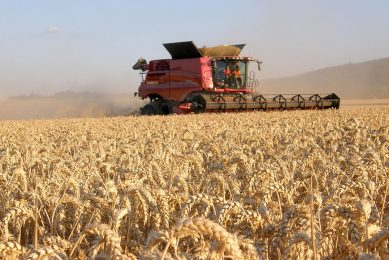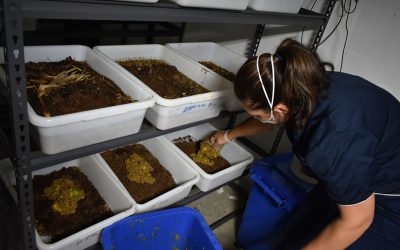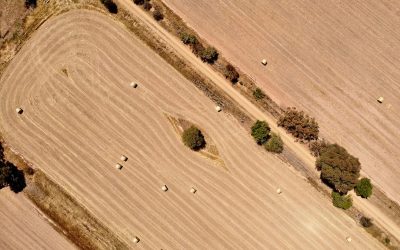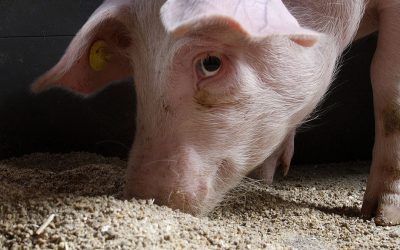Supply chain is still the biggest hurdle for grain

Infrastructure constraints continue to be the biggest obstacle to grains sector efficiency gains, but a collective lack of will to implement change means the issue is still stagnating, according to a logistics specialist, according to The Land.
And things need to move on down the east coast and through South Australia away from port zones set essentially on state lines. Speaking at the Australian Grains Industry Conference (AGIC) earlier in the month, Luke Fraser of Jutarna Infrastructure said serious change to the supply chain would be needed to create efficiencies and bring down transport costs.
“We’ve got a system where freight costs can be up to 30% of the cost of production, according to Australian Export Grain Innovation Centre (AEGIC) figures, a creaky branch line system and a road network that is failing and underfunded,” he said. Fraser believes the solution lies in cutting down the number of ports, getting them to work efficiently and filtering grain through to port via a system of mainline rail.
Interestingly, he said with the right investment in mainline capacity, it would be possible for grain from Central West NSW to go to port in Queensland or in South Australia, rather than having to snake its way through heavily populated and mountainous routes on the way to NSW grain ports.
He pointed to the lessons from Canada. “In Canada, the branch lines service major sites on the mainline rather than the port, and there is a focus on a handful of large ports. He said the port in Vancouver handled over 15 million tonnes of grain a year, dwarfing Australia’s largest grain port, Fremantle. “With six grain terminals and the capacity to unload two-kilometre long trains, you really generated some economies of scale.”
General manager of supply chains at GrainCorp, Matthew Warrington, agreed the rail network needed work through GrainCorp’s network. “We’ve got storage capacity that is 2.4 times the average production, and port capacity 2.9 times the average export programme, but the problem is the bottlenecks created by inefficient rail systems.” And he says it’s costing growers big dollars.
“We reckon we’re probably about $10 a tonne over the best practice price, which translates to $180 million a year in costs, based on an east coast crop of 18 million tonnes.”
He said a transition to a system increasingly reliant on road was causing costs to rise.
“From 2004-06, around 90% of grain for export went by rail, that figure is down to 50% for 2012-13, so there’s a lot more grain on the road.” Part of the issue is the complex market. “We now have 17 owners of grain or more at a site, there are 15 exporters and 30 buyers doing domestic business, so managing the supply chain is a tricky task.”
Warrington said GrainCorp’s Project Regeneration, a $200 million supply chain upgrade, would implement some things similar to Mr Fraser’s suggestions in terms of regional clusters. “We will have a series of sites feeding into a major site on rail, so there will be 34 clusters among the 180 sites we are retaining.” The major, or primary sites as GrainCorp is dubbing them, will have an overhaul to allow for faster loading times. Upcountry, Fraser said industry had to accept some of the responsibility for funding improvements. “We could look at private or co-financed freight roads, it is something that would get things rolling, rather than simply waiting for government dollars which may never arrive.” He said growers and grain handlers needed to recognise the situation and demand better, while he urged investors to get projects off and running without waiting for government support.
Source: The Land AU











